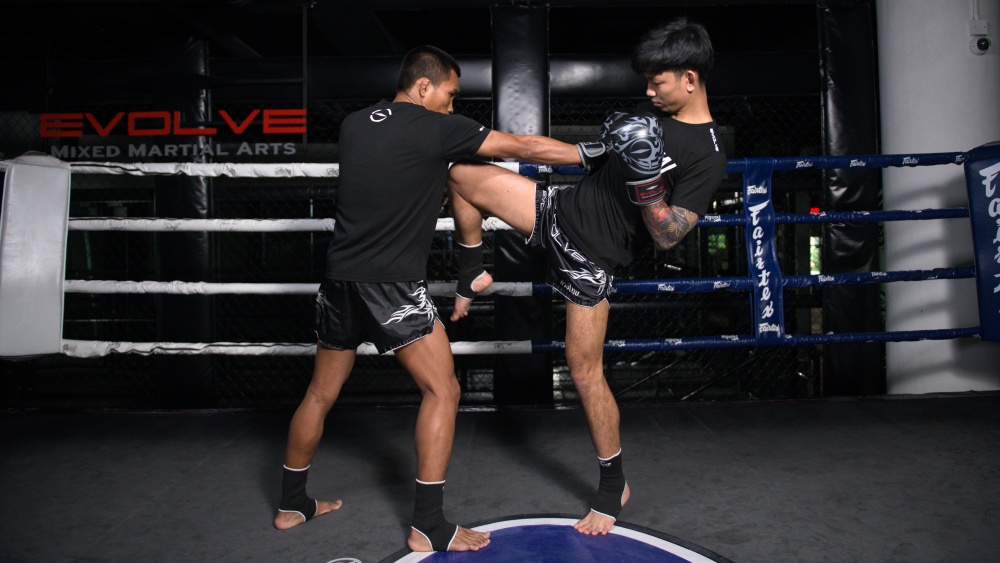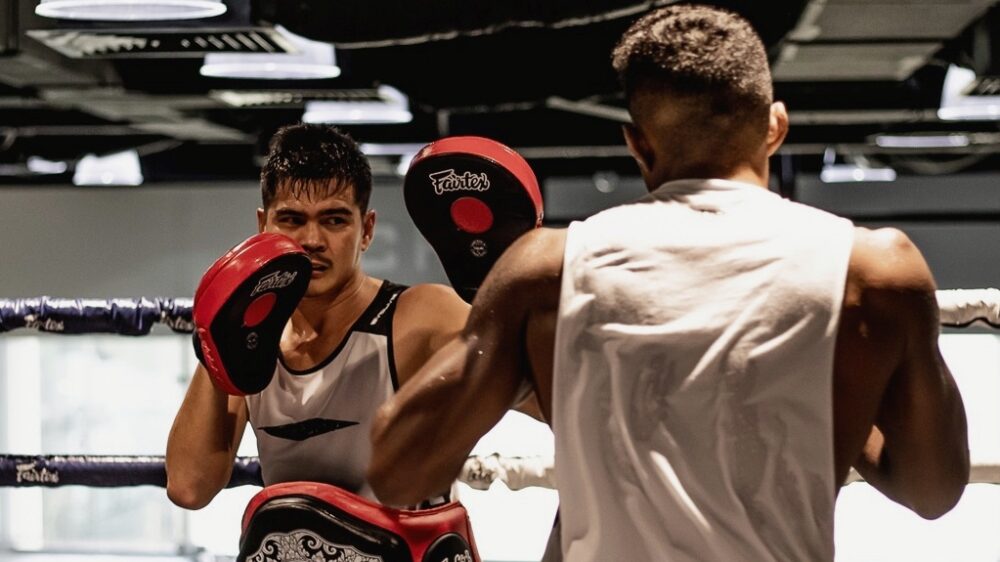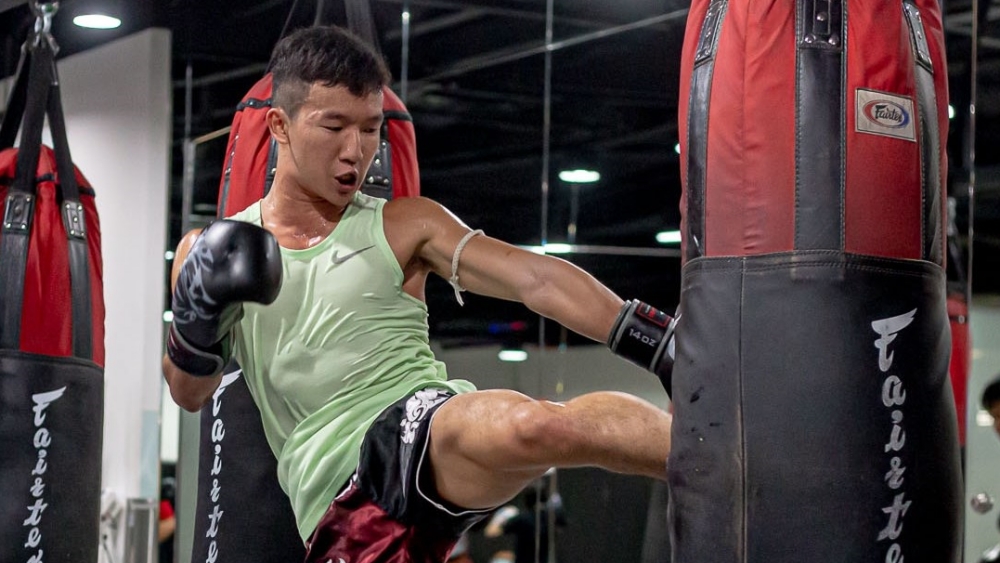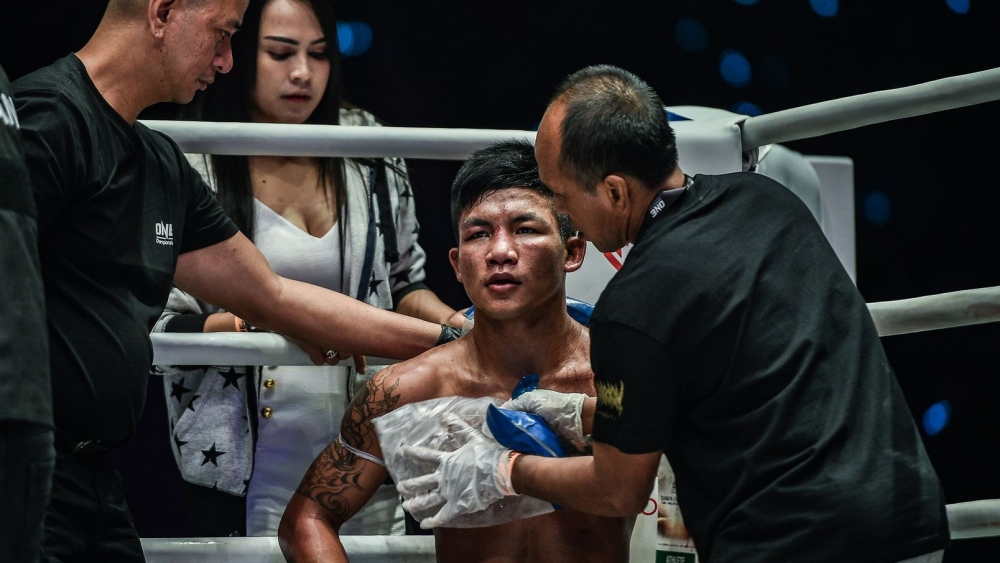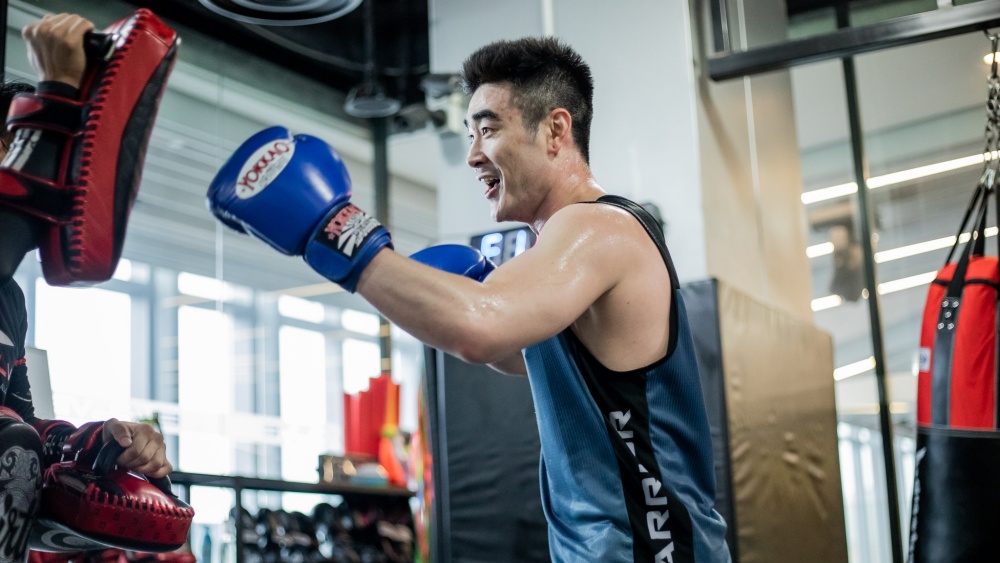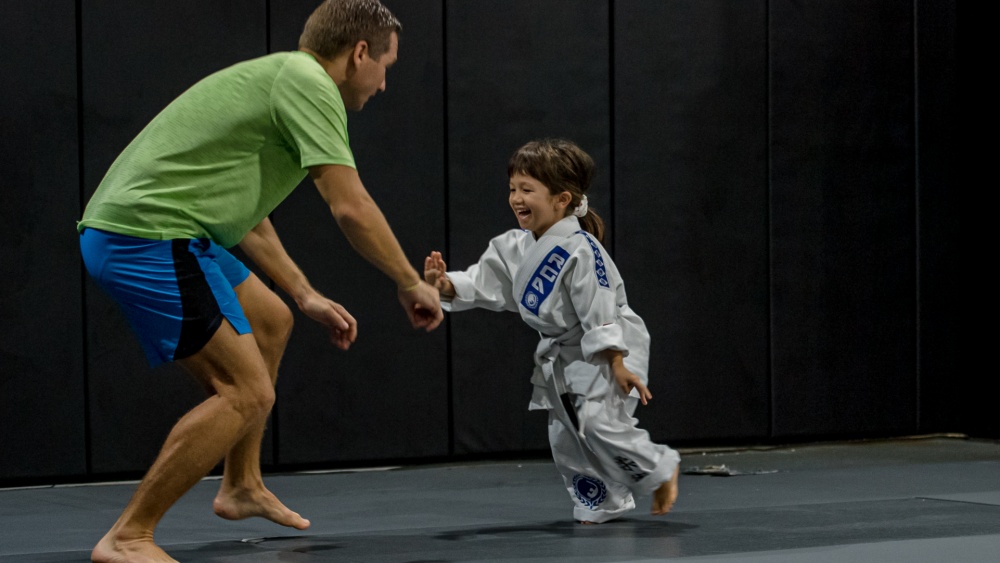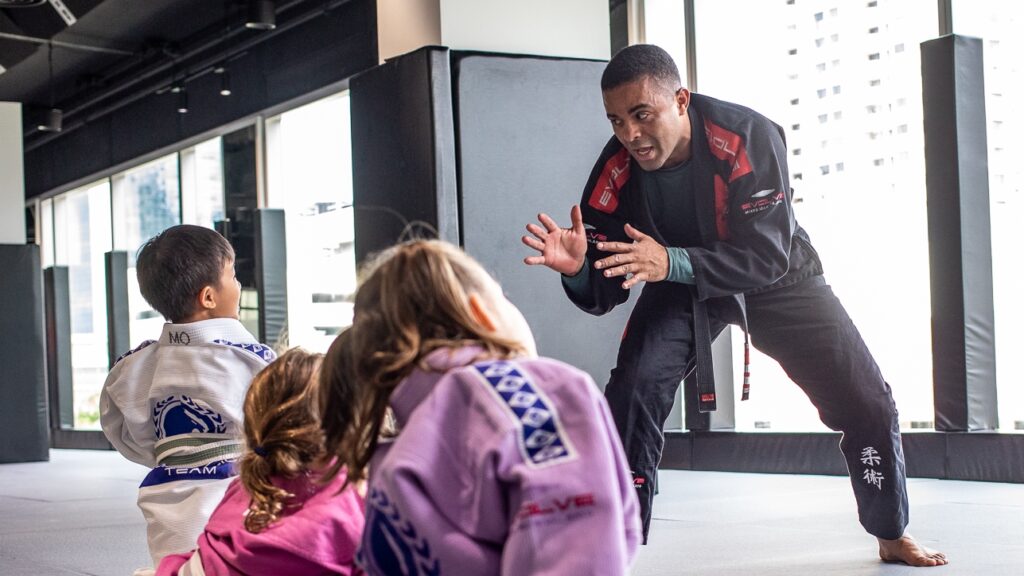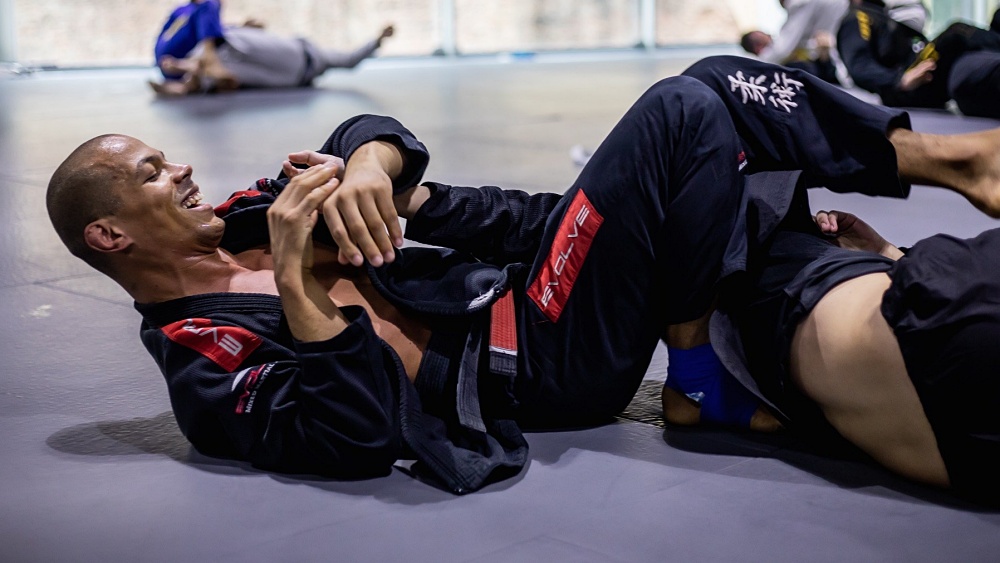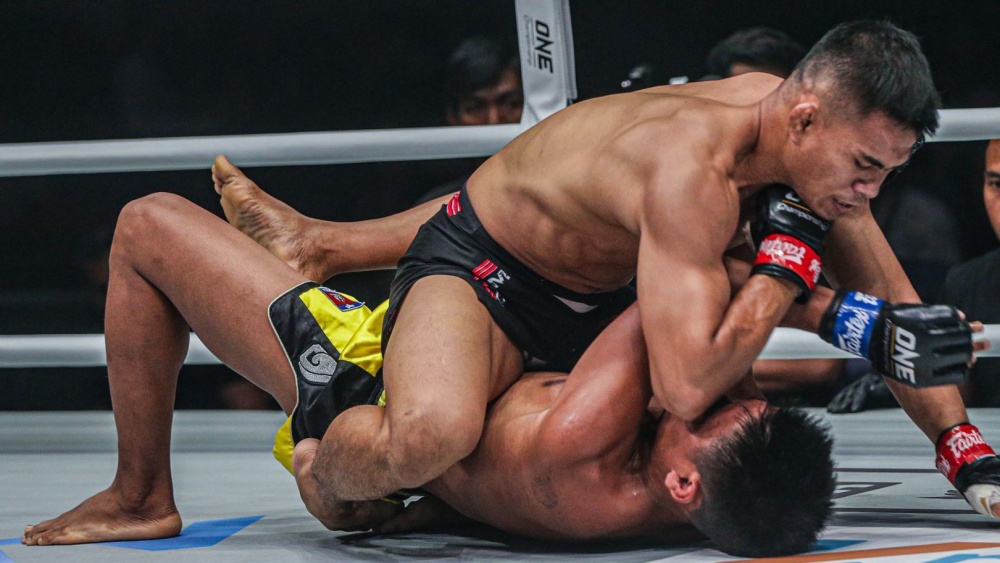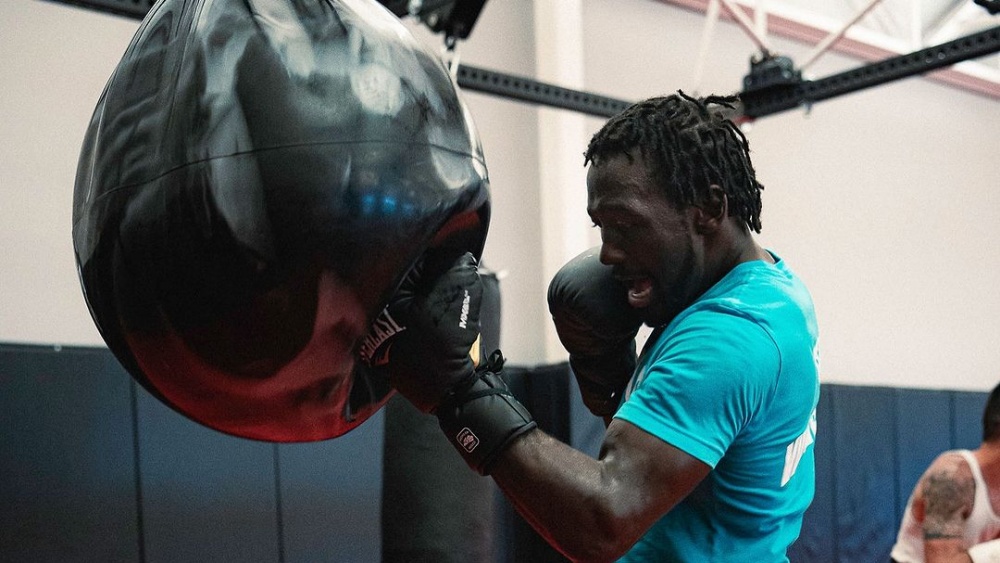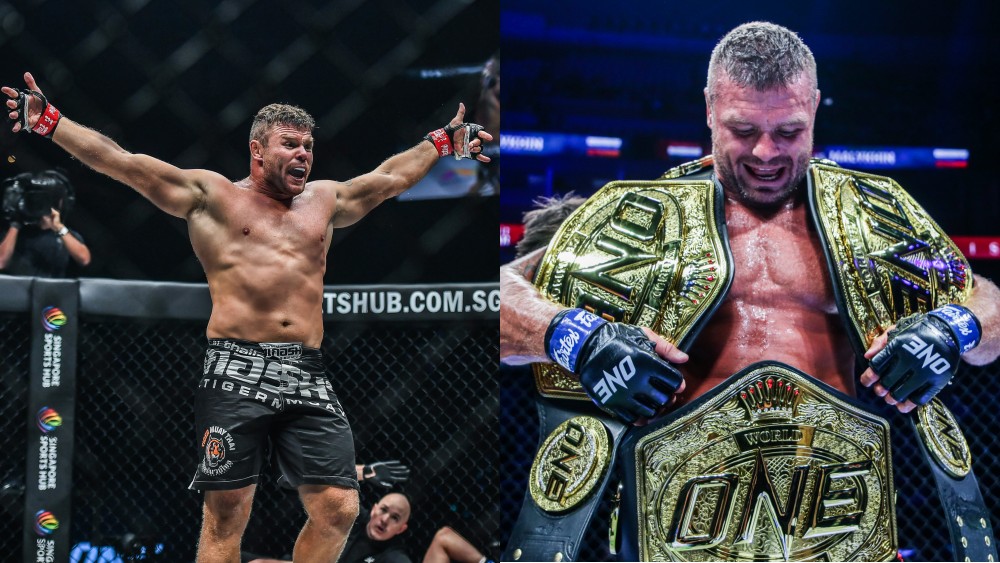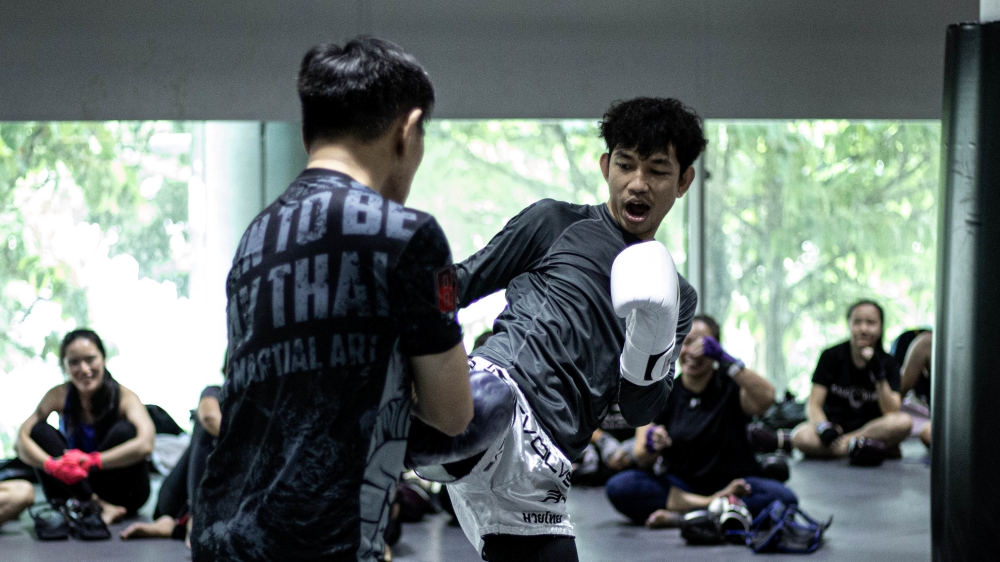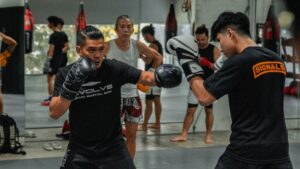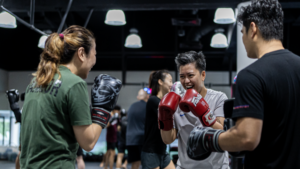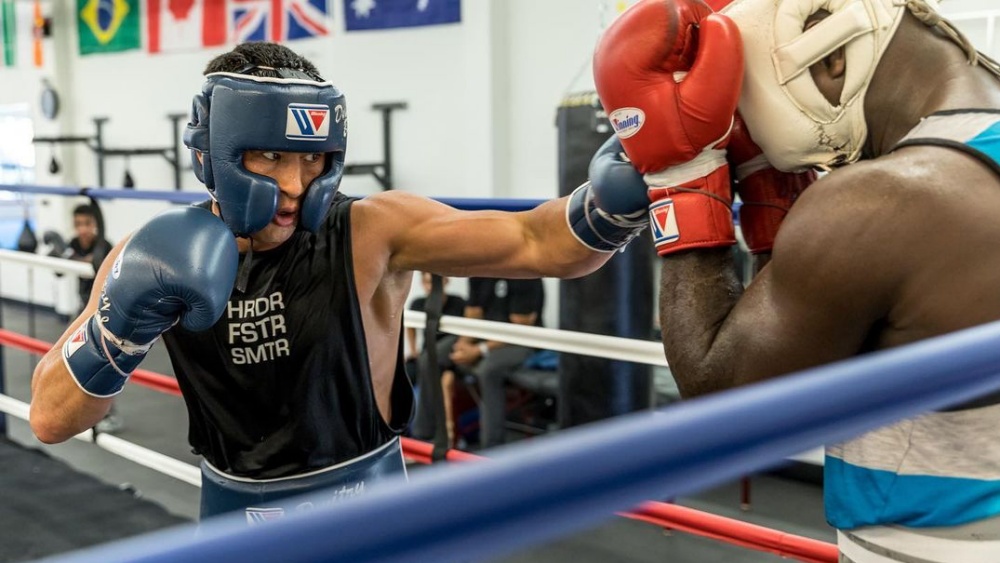Whether you’re seeking a new way to stay fit, a method for enhancing personal discipline, or a reliable means of self-protection, martial arts can be a rewarding and practical pursuit. However, navigating the martial arts landscape can be overwhelming for the uninitiated, given the myriad of styles available. To help you on your journey, we’ve compiled a list of the top 5 martial arts styles that are effective for self-defense and widely available for learning in Singapore. These styles – Brazilian Jiu-Jitsu, Muay Thai, Boxing, Wrestling, and Mixed Martial Arts – each bring unique approaches and techniques to self-defense, offering options that cater to various personal preferences and physical capabilities. Dive in and explore the martial arts world, and you might discover a passion combining fitness, self-discipline, and practical defense skills.
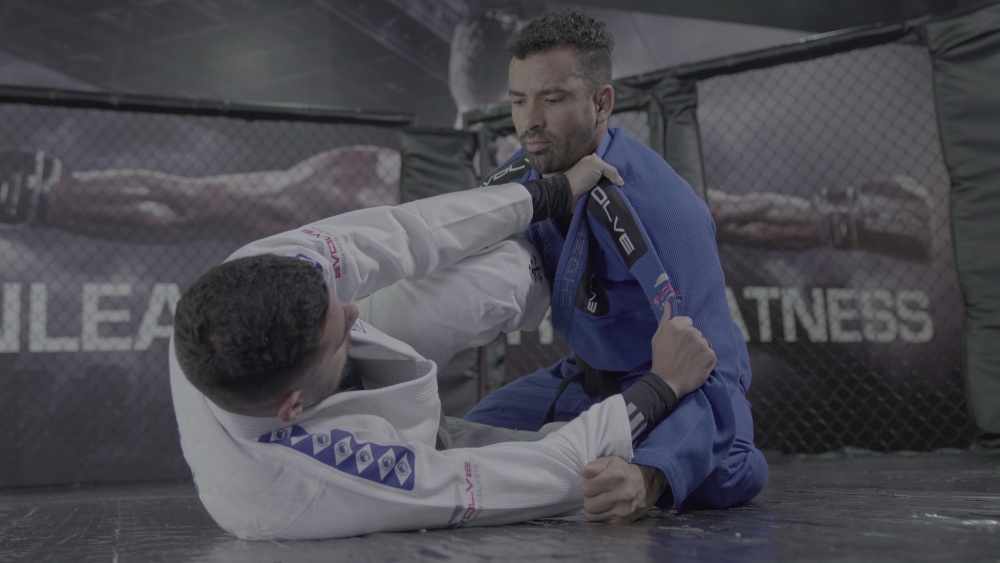
BJJ prides itself on being known as “the gentle art”, allowing a smaller, weaker person using leverage and submissions to defend himself/herself against a bigger opponent.
Known for its efficiency and practicality, BJJ is a grappling-focused martial art with a strong emphasis on ground fighting and submission holds. Its roots trace back to early 20th-century Kodokan Judo, which Brazilian practitioners later adapted to form a new, unique style. Read more about the history of BJJ in our Evolve blog here.
The main objective of BJJ is not to overpower an opponent with strength but to master the art of control and submission using skilful techniques and body mechanics. This is particularly useful for self-defense scenarios, as it effectively allows a smaller, less physically dominant individual to neutralise and subdue a larger, stronger adversary. This is achieved by applying sophisticated techniques that leverage the defender’s position and the attacker’s momentum.
Unlike many martial arts that focus on striking an opponent, BJJ prioritises positions of control, sweeps (reversals), and submissions. These submissions can involve joint locks, where the aim is to create a lever with the body position which forces the joint to move past its normal range of motion, or chokes, which can render an opponent unconscious. Rather than causing physical harm through striking, this focus on submissions and control can minimise potential damage to the defender and the attacker. Another critical aspect of BJJ is its sparring (or ‘rolling‘) component. Regular practice in these realistic, resistance-based training scenarios gives practitioners a practical and deep understanding of how techniques work against an uncooperative opponent.
Muay Thai, fondly known as “The Art of Eight Limbs,” hails from the vibrant culture of Thailand. This challenging combat sport adopts stand-up striking along with various clinching techniques. Its uniqueness lies in the simultaneous use of fists, elbows, knees, and shins, hence the nickname. As a practitioner, you learn to transform your body into a comprehensive, coordinated weapon, providing a practical approach to self-defense.
Additionally, Muay Thai promotes mental strength and resilience. Training sessions are intense, pushing your body and mind. You learn to endure, react quickly, and strategise under pressure. This cultivation of mental toughness can be beneficial in everyday life.
Moreover, the discipline you gain from Muay Thai translates into improved physical conditioning. Regular practice develops strength, speed, agility, and flexibility. It encourages a holistic approach to fitness – promoting cardiovascular endurance, muscular power, and a heightened sense of body awareness. Whether you’re looking to protect yourself, stay fit, or both, Muay Thai offers a dynamic, engaging way to achieve your goals.
Boxing, frequently seen purely in the context of sport, is a potent martial art with serious self-defense credentials. At its core, boxing emphasises footwork, speed, and power in punches – elements that combine to form an effective self-defense framework.
An integral component of boxing is its focus on footwork, which aids offence and defense. Mastery of footwork allows boxers to maintain optimal distance from their opponents, enabling them to hit while avoiding or minimising incoming attacks. This emphasis on movement and positioning makes boxing a strategic and dynamic martial art, preparing practitioners for various self-defense scenarios.
Another aspect that sets boxing apart is its focus on speed and power. This martial art teaches practitioners to deliver swift, strong punches, honing their hand speed and strike force. Regular boxing training can significantly improve reflexes, allowing individuals to react quickly and neutralise threats. Defensive skills are another cornerstone of boxing training. Boxers train to deliver punches and effectively dodge, block, and deflect incoming attacks. This balance of offence and defence makes boxing a well-rounded and practical choice for self-defense.
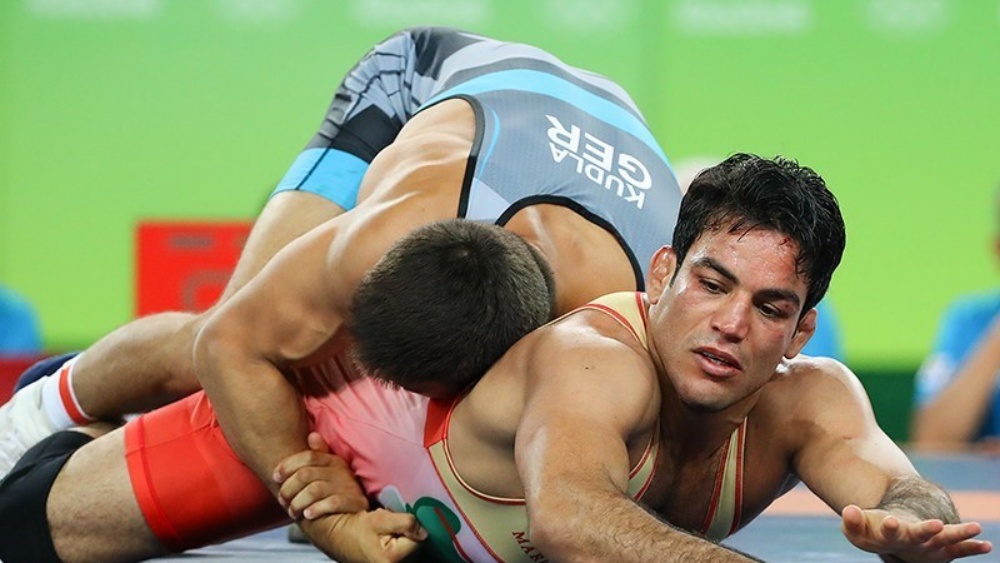
Wrestling involves different grappling-type techniques such as clinch fighting, throws and takedowns, joint locks, pins, and other grappling holds.
Dating back thousands of years, wrestling first appeared in a cave drawing. It is one of the oldest known forms of combat. Its rich history is matched only by its effectiveness in self-defense scenarios. As a martial art, wrestling primarily emphasises taking down opponents and establishing control on the ground. Rather than striking, this concentration on takedowns and control offers a unique and pragmatic perspective on self-defense.
The foundational skills taught in wrestling involve leveraging, body positioning, and strength to take an opponent to the ground. A skilled wrestler can swiftly neutralise an aggressor by taking them out of their standing position, disrupting their ability to strike or escape effectively. Moreover, the techniques used to take an opponent down often involve controlling the attacker’s limbs, reducing their ability to cause harm.
Once on the ground, wrestling emphasises maintaining control over the opponent, often focusing on pinning techniques. These control methods make it difficult for an adversary to move, attack, or escape, offering the wrestler an opportunity to decide the next action. The combination of swift takedowns and effective ground control makes wrestling a powerful tool for self-defense, particularly when incapacitating an attacker is necessary. Wrestling’s focus on these aspects of combat can provide anyone with the knowledge and skills required to defend themselves in various challenging situations.
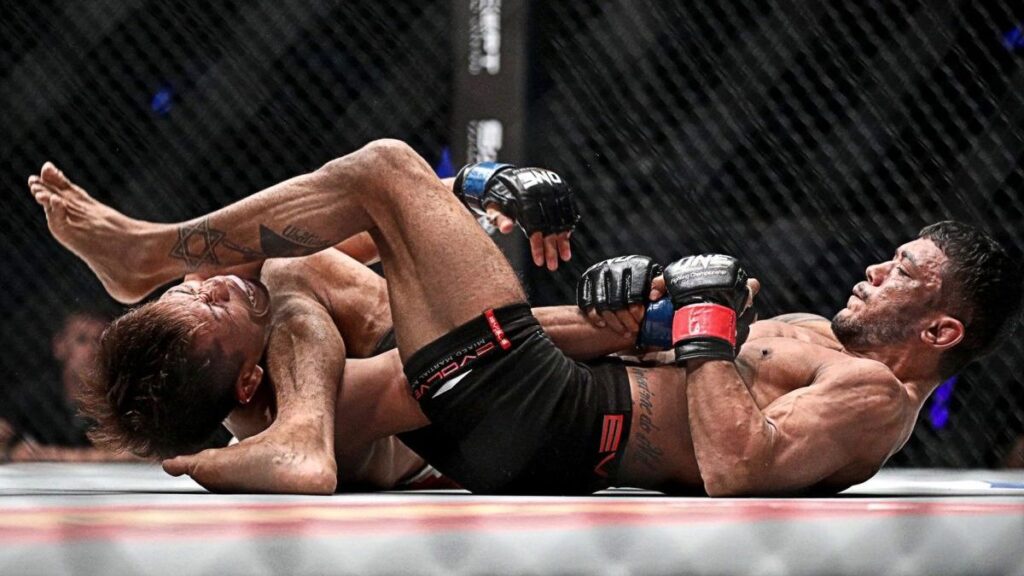
MMA is a challenging yet exhilarating full-contact sport that implements a combination of techniques from Brazilian Jiu-Jitsu, Wrestling, Muay Thai, and Boxing.
Mixed Martial Arts, or MMA, is a rapidly evolving combat sport that harmoniously blends a variety of martial arts styles such as Muay Thai, Brazilian Jiu-Jitsu (BJJ), Boxing, and Wrestling. Each discipline brings unique techniques and strategies, creating a versatile and comprehensive approach to self-defense. MMA fighters train to strike with power and precision, grapple with control, and counter attacks with agility – a skill set that prepares them for various confrontational scenarios.
In MMA, incorporating striking and grappling techniques presents a holistic self-defense system. Striking techniques, borrowed from Boxing and Muay Thai, equip practitioners with the ability to defend themselves while standing. They learn to strike effectively with their fists, elbows, knees, and legs. Simultaneously, grappling techniques, inspired by BJJ and Wrestling, ensures that an MMA practitioner is equally adept at handling threats in close contact or on the ground. These grappling techniques involve takedowns, submission holds, and positional control, essential skills when the fight gets up close or goes to the ground.
One of the most notable aspects of MMA training is its applicability to real-world self-defense situations. Practitioners are trained to adapt to various scenarios, allowing them to respond effectively whether the threat is at a distance, up close, or on the ground. This adaptability comes from training in different ranges and scenarios, using techniques from multiple martial arts disciplines. MMA’s integration of diverse martial arts styles fosters a well-rounded skill set, making it an effective and practical choice for those seeking a comprehensive approach to self-defense. Find out more benefits of MMA in our Evolve Daily blog.
Learn Martial Arts For Self-Defense Today!
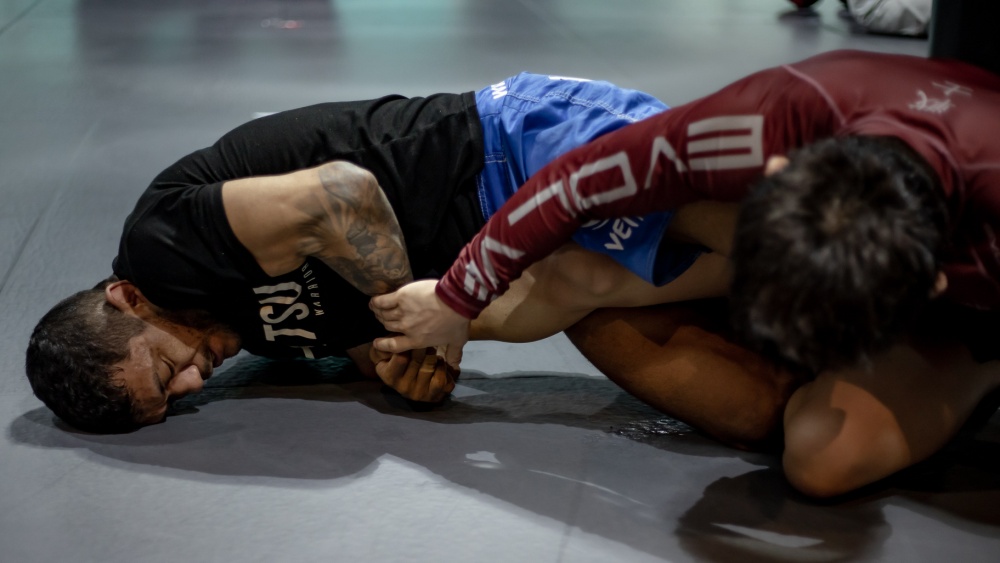 Each of these martial arts styles provides a unique approach to self-defense. The best choice for you depends on your personal preferences, physical capabilities, and commitment to training. Remember, all these martial arts offer valuable skills that enhance self-defense and contribute to overall fitness and mental strength. If you’re interested to learn how to defend yourself, it’s time to check out our martial arts classes at Evolve MMA Singapore. We offer a conducive environment with top-notch facilities and the best coaches to help you get started. Contact Evolve MMA Singapore now and test drive the Evolve experience with a 30-minute Complimentary Introductory Class with a World Champion.
Each of these martial arts styles provides a unique approach to self-defense. The best choice for you depends on your personal preferences, physical capabilities, and commitment to training. Remember, all these martial arts offer valuable skills that enhance self-defense and contribute to overall fitness and mental strength. If you’re interested to learn how to defend yourself, it’s time to check out our martial arts classes at Evolve MMA Singapore. We offer a conducive environment with top-notch facilities and the best coaches to help you get started. Contact Evolve MMA Singapore now and test drive the Evolve experience with a 30-minute Complimentary Introductory Class with a World Champion.
Book your complimentary trial class with our World Champions below!
If you have any other questions regarding Evolve MMA and the programs we offer, you can get in touch with our membership executives at the following locations:
Evolve MMA (Far East Square)
26 China Street
Far East Square #01-01
Singapore 049568
Phone: (65) 6536 4525
Evolve MMA (Orchard Central)
181 Orchard Road
#06-01 Orchard Central
Singapore 238896
Phone: (65) 6536 4556
Evolve MMA (KINEX)
11 Tanjong Katong Road
#02-52 KINEX
Singapore 437157
Phone: (65) 6288 2293
Evolve MMA (Clarke Quay Central)
6 Eu Tong Sen Street
#04-18 Clarke Quay Central
Singapore 059817
Phone: (65) 6226 2150
Evolve MMA (Star Vista)
1 Vista Exchange Green
#02-26A The Star Vista
Singapore 138617
Phone: (65) 6539 9590
